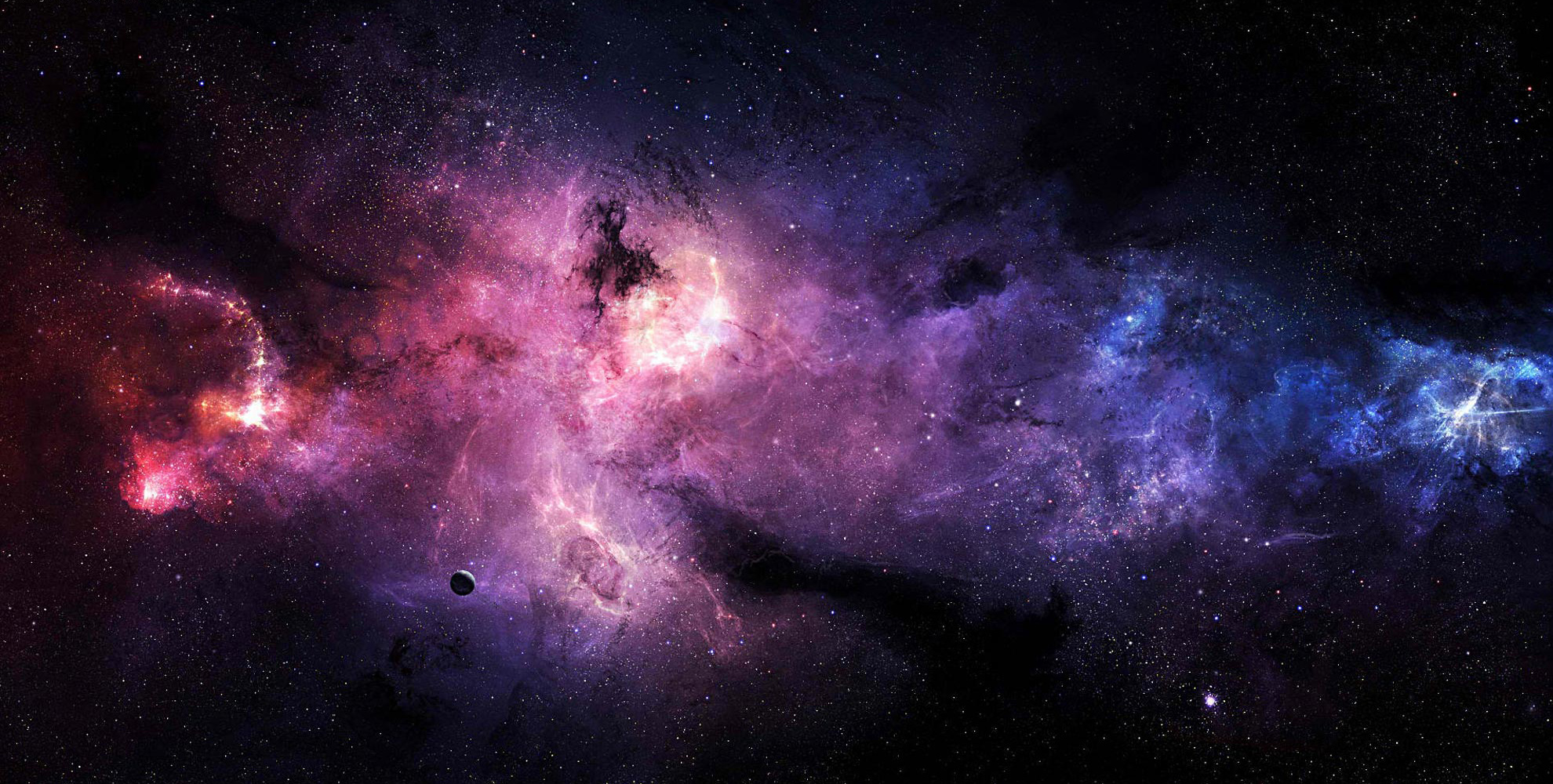Superstring theory is elegant but speculative and throws up a number of possible experimental outcomes, some more likely than others.
One option would be to find evidence of another host of particles that can only exist if there are more dimensions. Theories that postulate these extra dimensions predict that, like an atom having a low energy ground state and then more energetic states, there must be heavier versions of standard particles recurring at higher and higher energies as they navigate smaller dimensions. These have been called Kaluza-Klein recurrences and would have exactly the same properties as standard particles (and so be visible to our detector) but at a greater mass. If CMS were to find a Z-like particle (the Z boson being one of the carriers of the electroweak force) at 2 TeV for instance, this might suggest the presence of extra dimensions. Such heavy particles wouldn't have been seen at lower energies.
As gravity is thought to be a force able to probe these extra dimensions, another way in which we may be find evidence for string theory is through the disappearance of gravitons, the hypothesised carrier of gravity, into these other dimensions. The particle might be carried away without a trace, but it would leave behind an imbalance in momentum and energy.
Two of the most fundamental laws of physics are that momentum and energy “are conserved”. In other words, the total momentum and energy before a collision is equal to the total momentum and energy after. So if we add these up in all the observed particles emerging from a collision (in the case of CMS we do this is the sideways “transverse” direction) and it does not equal the amount in the original particles, there must be a missing particle that carried away the momentum and energy: a lost piece leaving a hole in the jigsaw.
This is why the detector must be as “hermetic” as possible, that is, it must be able to catch, to the extent possible, every particle emerging from the collisions, so we can deduce that particles have genuinely disappeared, and have not just been missed by the detector.
This method of searching is similar to the way in which we will detect supersymmetric particles , so careful analysis would be needed to decide if a graviton has travelled to another dimension or we have instead produced a SUSY particle, whose decay products would also be invisible to our detector.
Finally, another spectacular yet speculative way of revealing extra dimensions would be through the production of “Micro Quantum Black Holes”, which, if there are extra dimensions, might be produced at the LHC. What exactly we would see would depend on the number of extra dimensions, the mass of the black hole, the size of the dimensions and the energy at which the black hole occurs. If micro black holes do appear they would disintegrate extremely rapidly, in around 10-27 seconds, as they decay into Standard Model or SUSY particles, producing many jets and leptons.
To find these would be an incredible feat that would tell us about how quantum mechanics, thermodynamics and gravity all work together on miniscule scale, allowing us to study quantum gravity in the laboratory. We could use what we see in our three dimensions - for instance, the type of particles emerging, their energy distributions and masses - to decipher the geometry of the extra dimensions and this would be a challenge for physicists to unravel for the coming century.
- Printer-friendly version
- Log in to post comments




